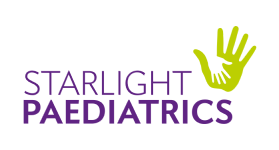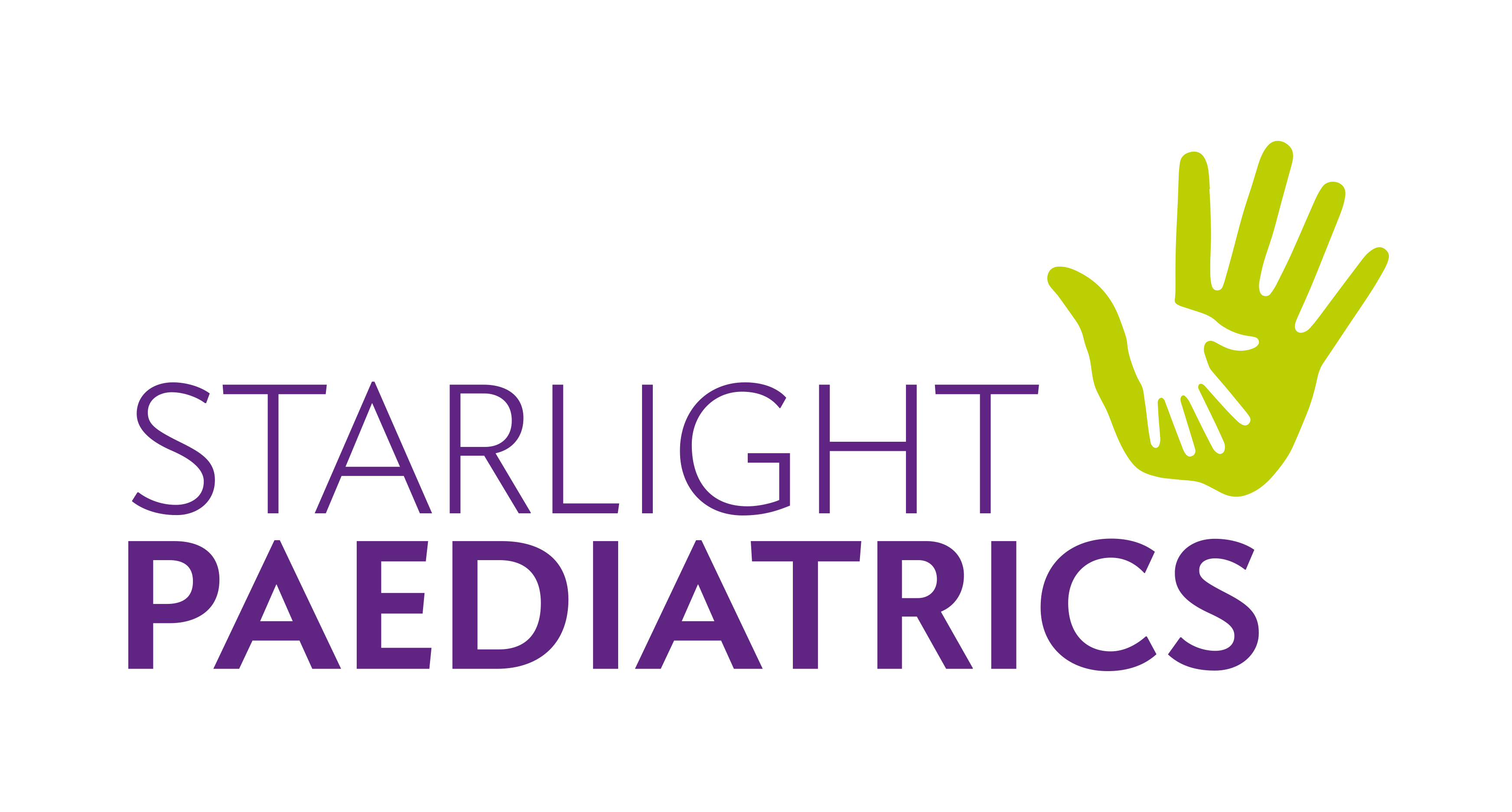
Spotting a medical condition in your child: red flags and warning signs
Worried about the health of your child? Here are the top red flags and warning signs to look for.
Children are made to keep their parents’ stress levels high. They are constantly bashing into objects, tripping up or coming down with mystery illnesses. It’s all part and parcel of childhood and the odd cough and cold will help build up their immune system for later life.
However, as a parent, it’s only natural to worry. One of our biggest concerns is telling the difference between all the usual illnesses we might expect and something more serious. Nobody wants to be the kind of parent who rushes into the doctor’s surgery over every minor condition, but equally we don’t want to overlook symptoms which could indicate something more serious.
In any condition, the earlier you’re diagnosed the easier it is to treat. That’s why it’s so easy to learn those red flags which will tell you if something isn’t quite right.
FEVER
We all know that a fever suggests your child is ill and that most of the time it won’t be too serious. Indeed, if the fever is down to a viral infection it’s generally a positive sign because it means the body is fighting the infection off.
In addition to a viral infection, your child might have a fever because they have just had a vaccination or because they are overdressed. Infants can’t regulate their internal temperatures in the same way as adults, so if they have too many clothes for their environment, they may run a high temperature.
Signs of something more series include a child of three months or younger who has a rectal or oral temperature of 38°C or more. If this happens, it’s a good idea to immediately seek medical attention.
A high temperature of more than 38°C may still be concerning in older children but, if the child is still behaving normally, you can carry on as normal. If not, and they are showing signs of distress, look ill or are unusually lethargic, it will be a good idea to call a doctor. For example, if they have a rash, are visibly distressed or confused, you should go to an emergency care centre as soon as possible.
BREATHING
Asthma and other conditions which cause a child to wheeze are common, but they can have severe consequences. If your child is having an asthma attack, it is something you should take seriously. Once diagnosed, and the appropriate treatment given, such as an inhaler, it is perfectly possible to manage the condition comfortably.
Even so, you should always be on guard if wheezing symptoms get worse, or if your child experiences coughing or shortness of breath. If this happens, seek medical attention as quickly as possible.
If it’s not down to asthma, an unusual breathing pattern can indicate another condition such as a respiratory tract infection, lung condition or even sepsis.
When babies are struggling to breathe, you’ll often see them inhaling and exhaling quickly and the middle of the chest may look as if it’s sinking in. If you can see a space being pulled between your child’s ribs with every breath, you should go to an emergency care centre.
SKIN
As well as a high temperature, many of the most common signs worried parents watch for are rashes. These signify a reaction of the skin and can be down to a number of causes such as an allergic reaction, skin irritant or a reaction to a drug. While you should never ignore a rash, in these days of comprehensive vaccination programs, it’s unlikely to be life threatening.
Even so, it’s important to be aware of some of the more serious rashes including:
-
- Impetigo: Begins as small superficial blisters which eventually rupture leaving red, raw open patches of skin. It is often found close to the nose and mouth and is caused by certain bacteria. It is highly contagious and can easily spread to other parts of the body and to other people. It’s not serious but will normally need a course of antibiotics to clear up.
- Scarlet Fever: A strep throat or strep infection with a distinctive rash which is usually seen among school aged children in winter. It can be contagious, but the rash which comes with the condition isn’t. Symptoms start as a sore throat and move on to fever, headache, an upset stomach and swollen glands. The rash is likely to develop one or two days after these symptoms. You’ll need an antibiotic treatment, so consult a doctor.
- Chicken pox: Most kids will get this at some point. Indeed, it’s preferable to have it when young as it will mean you’re unlikely to have it ever again. Early symptoms include a sore throat and fatigue which graduates into an intensely itchy dry rash.
- Measles: This condition usually starts with a fever, sore eyes that are sensitive to light and grey spots inside the cheeks. After a few days, a red or brown rash appears on the head or neck and spreads to the rest of the body. You should visit a doctor if you think your child may have measles. It’s extremely unpleasant but should clear up after a week or so.
- Meningitis: This is one disease that every parent dreads. It manifests itself as rash on the skin which doesn’t fade when you press it with a glass. Other symptoms include a fever, feeling sick, vomiting, irregular breathing, confusion, stiffness and unusually cold feet and hands. If you suspect your child has meningitis, you should consult a doctor as soon as possible.
VOMITING/DIARRHEA
Vomiting or diarrhoea normally means your child has a stomach bug or is suffering from food poisoning. However, any of the following symptoms may indicate a larger issue such as an allergy, malnutrition, sepsis or salmonella.
-
- Repetitive vomiting/inability to keep fluids down.
- Is not urinating.
- Emotionally inconsolable.
- High fever.
- Blood in the diarrhoea or vomit.
- Sunken eyes.
- Shaking uncontrollably.
- A non-blanching rash.
- Depending on how severe these symptoms are, you should either seek out medical advice or go straight to the nearest accident and emergency department.
UNUSUAL CHANGES
You understand your child’s behaviour better than anyone else and your intuition can be a valuable signal that something’s wrong. Often, you may notice something imperceptible about the way a child is behaving. Sometimes symptoms don’t appear in the way we’ve described and unusual changes can occasionally be an early warning sign.
Behavioural changes can be a sign of growing up, but if a child who is usually happy has become irritable, angry or aggressive, it could be a sign that something is wrong.
While children are always having accidents, you should be wary of any unexplained bruises, lumps or swelling especially if they come alongside other symptoms such as fatigue, paleness, ongoing pain or headaches and unexplained weight loss.
Again, these might not mean anything serious, but it’s always better to be safe than sorry.

